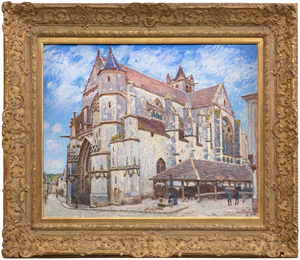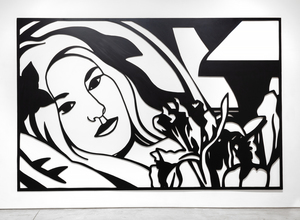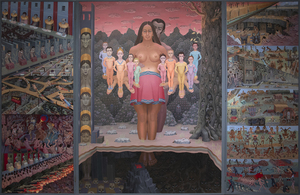بالم ديزرت
يتميز معرضنا في بالم ديزرت بموقع مركزي في منطقه بالم سبرينغز في كاليفورنيا ، بجوار منطقه التسوق وتناول الطعام الشهيرة في ال باسيو. ويقدر عملاؤنا اختيارنا للفن الحديث والمعاصر وما بعد الحرب. الطقس رائع خلال أشهر الشتاء يجذب الزوار من جميع انحاء العالم لرؤية الصحراء الجميلة لدينا ، والتوقف عن طريق معرضنا. المناظر الطبيعية الصحراوية الجبلية خارج يوفر خلفيه مثاليه المناظر الخلابة لوليمة البصرية التي تنتظر في الداخل.
45188 شارع بورتولا
بالم ديزرت, كاليفورنيا 92260
346-8926 (760)
ساعات العمل:
من الاثنين - السبت 9 صباحاً إلى 5 مساءً
المعارض
العمل الفني على العرض
الاستشاريون

مونتانا ألكسندر
رئيس مجلس الإدارة، المدير العالمي
بالم ديزرت، كاليفورنيا
تُعد مونتانا ألكسندر رائدة متميزة في عالم الفن الدولي، حيث تشغل منصب رئيس مجلس الإدارة والمدير العالمي لشركة هيذر جيمس. من مقرها في المعرض الرئيسي في بالم ديزرت، كاليفورنيا، تشرف مونتانا على عمليات الشركة بأكملها وتقود رؤيتها العالمية. يمثل انتقالها إلى بالم ديزرت في عام 2025 من مدينة نيويورك إلى بالم ديزرت خطوة مدروسة لتعميق الروابط داخل المشهد الفني الصحراوي المزدهر ولتعزيز تأثير هيذر جيمس في الساحل الغربي.
منذ انضمامها إلى هيذر جيمس في عام 2013، لعبت مونتانا دوراً أساسياً في توسيع نطاق وصول المعرض إلى سوق الفن الثانوي العالمي وتشكيل استراتيجية الشركة على مستوى الشركة وإقامة علاقات مع قائمة من نخبة جامعي الأعمال الفنية - من الأعضاء الرئيسيين في مجلة ArtNews 200 إلى رعاة الفن الناشئين. وقد قادت عينها الفطنة وشغفها بالتميز عمليات استحواذ كبيرة على أعمال لفنانين مبدعين مثل لويز بورجوا وآندي وارهول وإد روشا وكلود مونيه ومارك برادفورد.
كان لقيادة مونتانا دور محوري في تأمين الاستحواذ التاريخي على المجموعة الفنية لما بعد الحرب والفن المعاصر من مجموعة الأعمال الفنية للشركات التابعة لشركة جنرال إلكتريك - وهي واحدة من أهم مجموعات الشركات التي دخلت السوق الثانوية. كما كانت وراء المعارض التي نالت استحسان النقاد مثل معرض "النظرة الأنثوية" الذي يضم فنانات سرياليات من بينهن فريدا كاهلو وليونورا كارينغتون، ومعرض "لوحات السير ونستون تشرشل"، وهو معرض متجول تم تطويره بالتعاون مع تركة عائلة تشرشل.
حاصلة على بكالوريوس الآداب في تاريخ الفن وإدارة الأعمال من جامعة كونيتيكت وشهادة الدراسات العليا في الأعمال الفنية من معهد سوثبي في نيويورك، تمزج مونتانا بين الدقة الأكاديمية والخبرة العملية. تستمر قيادتها الحكيمة في تشكيل هيذر جيمس لتصبح قوة مهيمنة على الساحة الفنية العالمية، بينما يشير انتقالها الأخير إلى بالم ديزرت إلى فصل جديد وجريء لنمو المعرض وتأثيره.

إريك أرتشي
استشاري الفنون الجميلة
بالم ديزرت، كاليفورنيا
يعمل إريك أرتيش مستشاراً للفنون الجميلة لدى هيذر جيمس للفنون الجميلة في بالم ديزرت، كاليفورنيا، ويتمتع بخبرة تزيد عن 10 سنوات من الخبرة في مجال المبيعات مع كبار العملاء والشركات المدرجة على قائمة فورتشن 500. تتضمن خلفية إيريك بكالوريوس الآداب في العلوم الاجتماعية والتاريخ من كلية ويستمونت وماجستير العلوم في المجتمعات المرنة والمستدامة من كلية الجبل الأخضر. قادت الرغبة الدائمة في التعلم والنمو إريك إلى عالم الفن، بدءاً من البحث والعمليات والآن يتعاون مباشرةً مع العملاء لإيجاد القطع المثالية لمجموعاتهم. خارج المعرض، يحب إريك قضاء الوقت مع عائلته واستكشاف المطاعم الجديدة والقيام برحلات برية وتحميص قهوته الخاصة.
في الأخبار
خدمات
تقدم هيذر جيمس فأين أرت مجموعه واسعه من الخدمات المستندة إلى العملاء التي تلبي احتياجاتك الخاصة لجمع الفنون. يضم فريق العمليات لدينا معالجين فنيين محترفين وقسما كاملا للمسجلين وفريقا لوجستيا مع خبره واسعه في مجال النقل الفني والتركيب وأداره المجموعات. مع خدمه القفازات البيضاء والرعاية الشخصية ، فريقنا يذهب الميل الإضافي لضمان خدمات فنيه استثنائيه لعملاءنا.
تعرف علينا
الاتصال







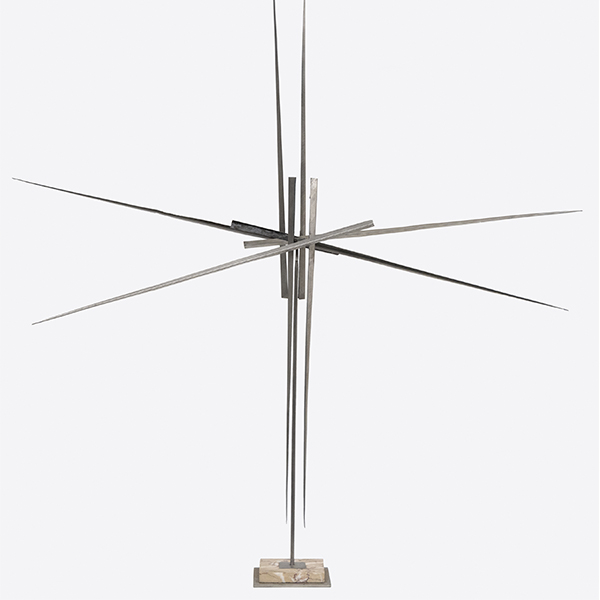
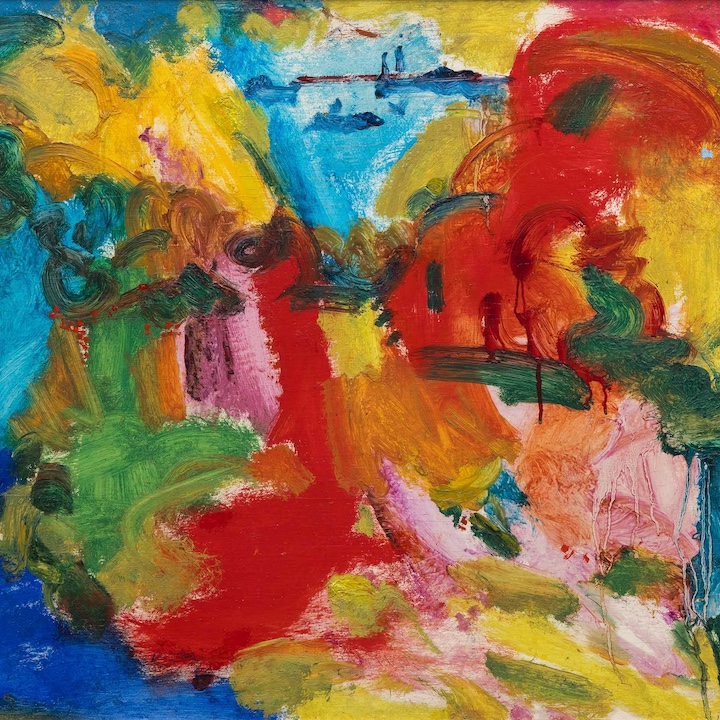
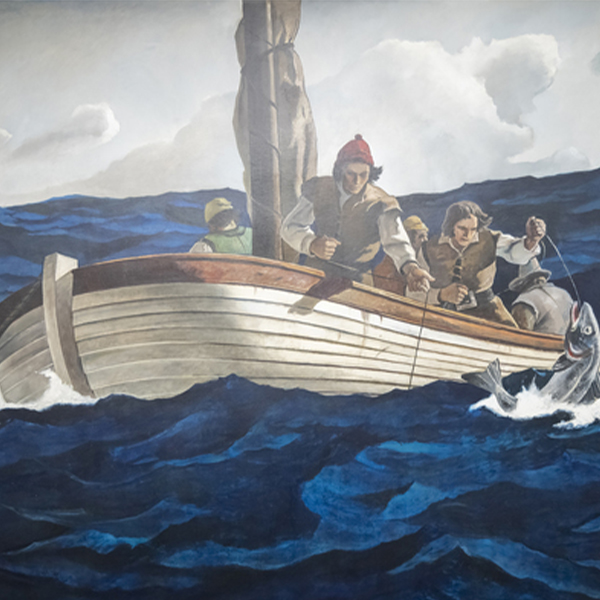
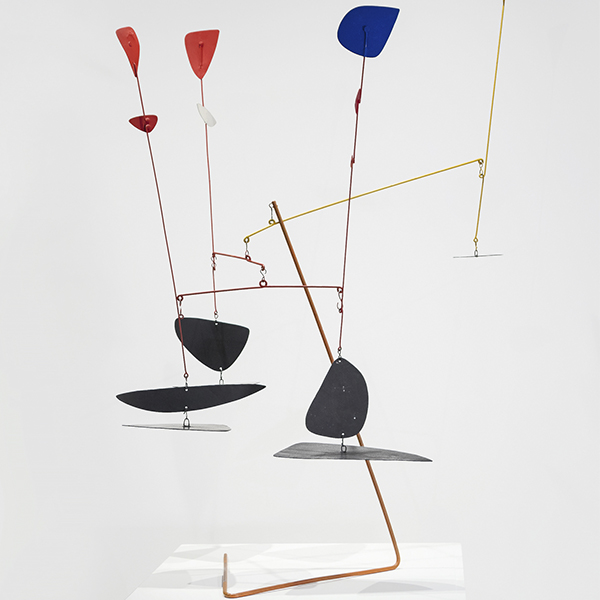

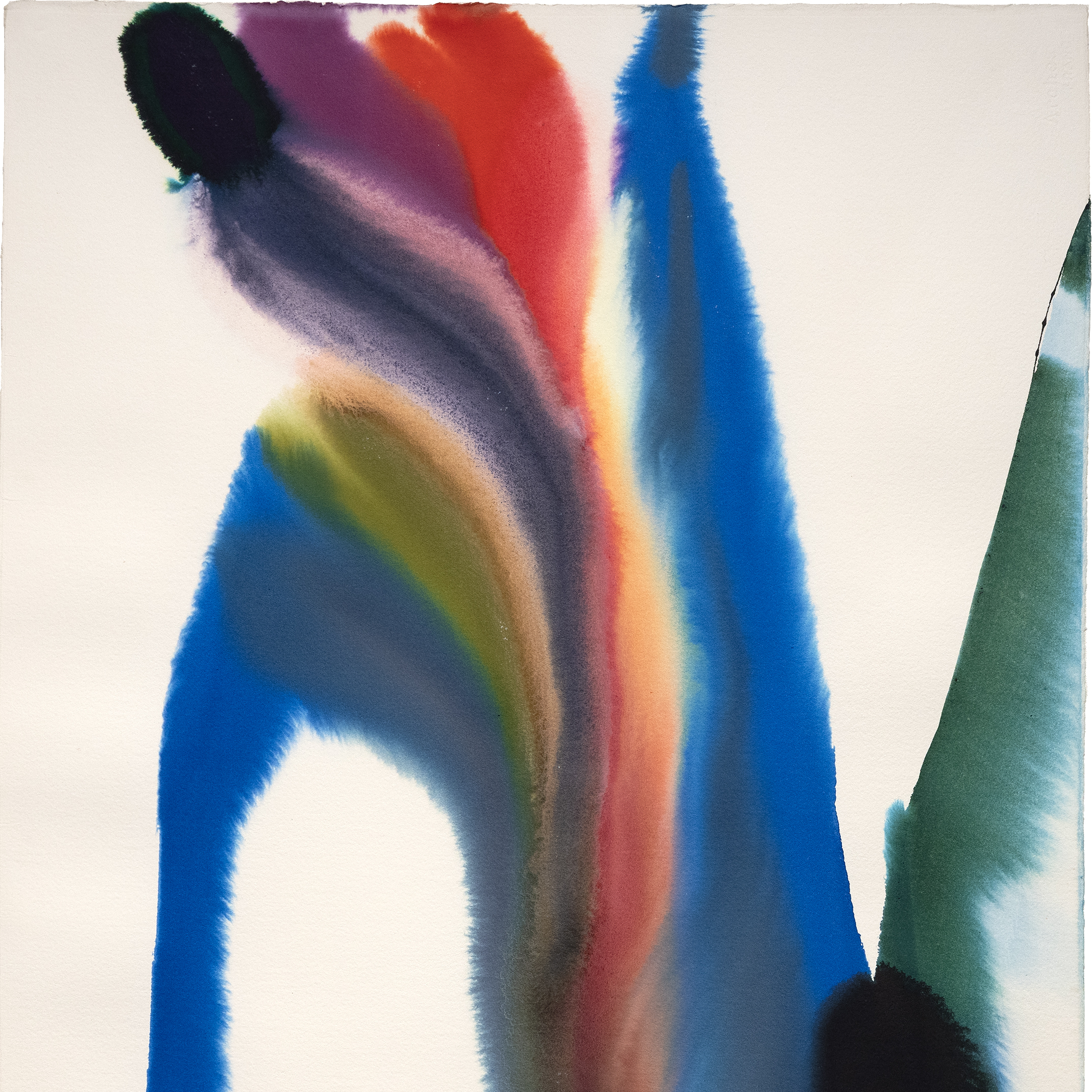


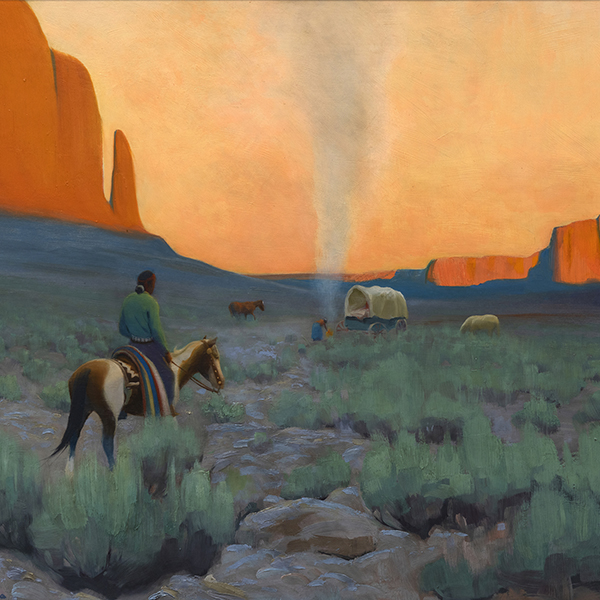
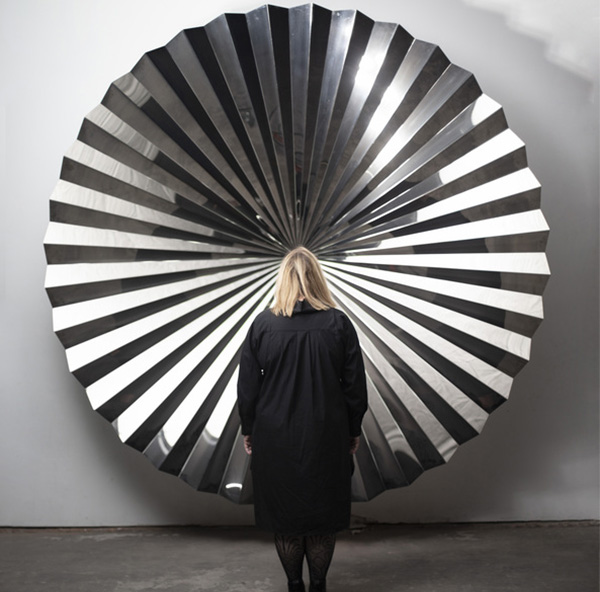
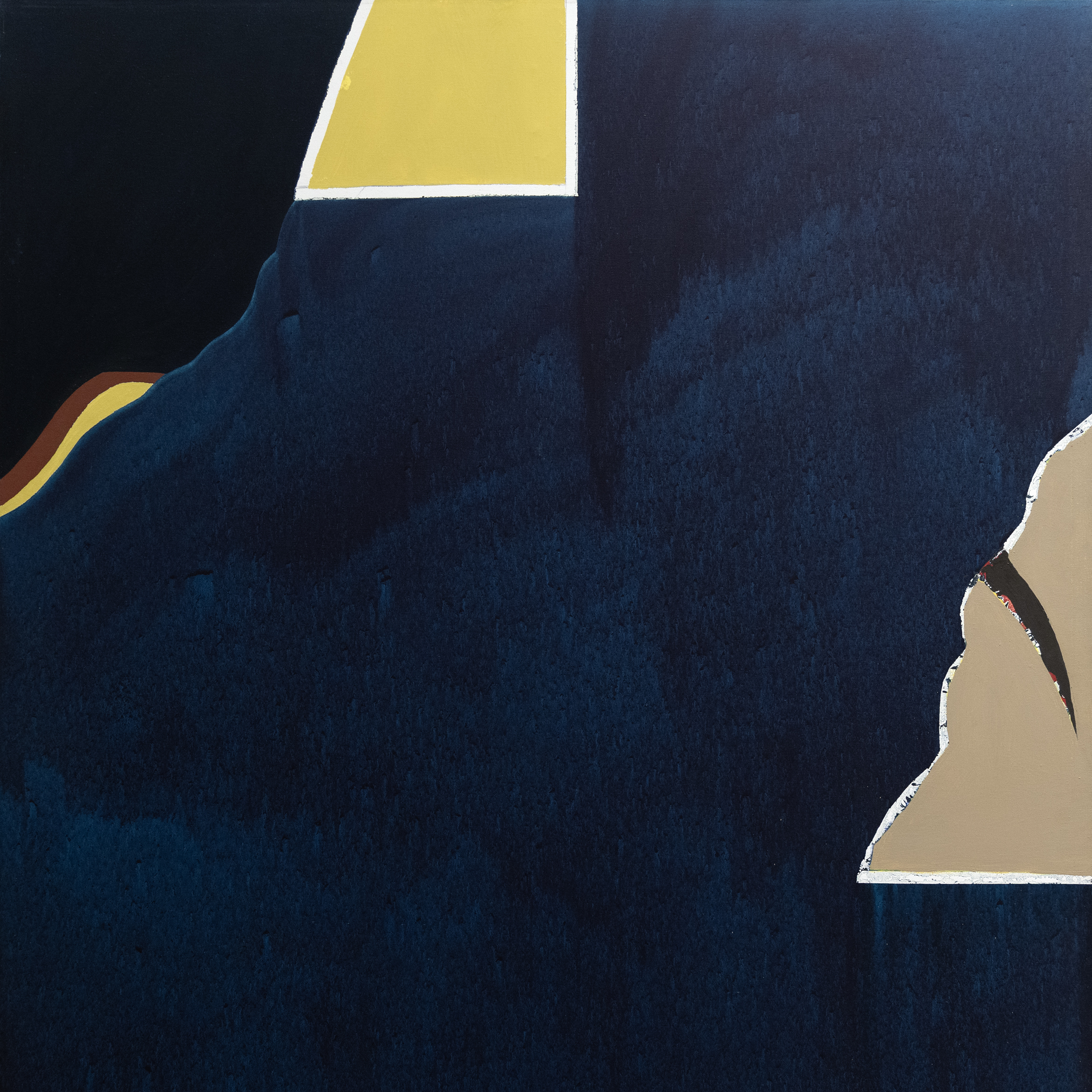
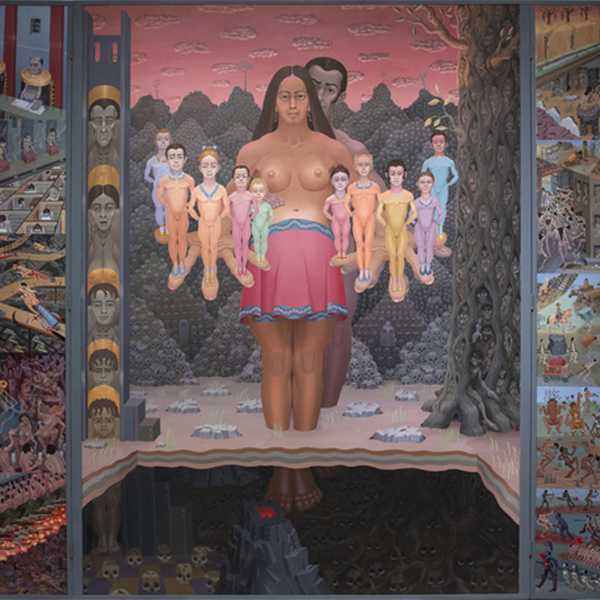
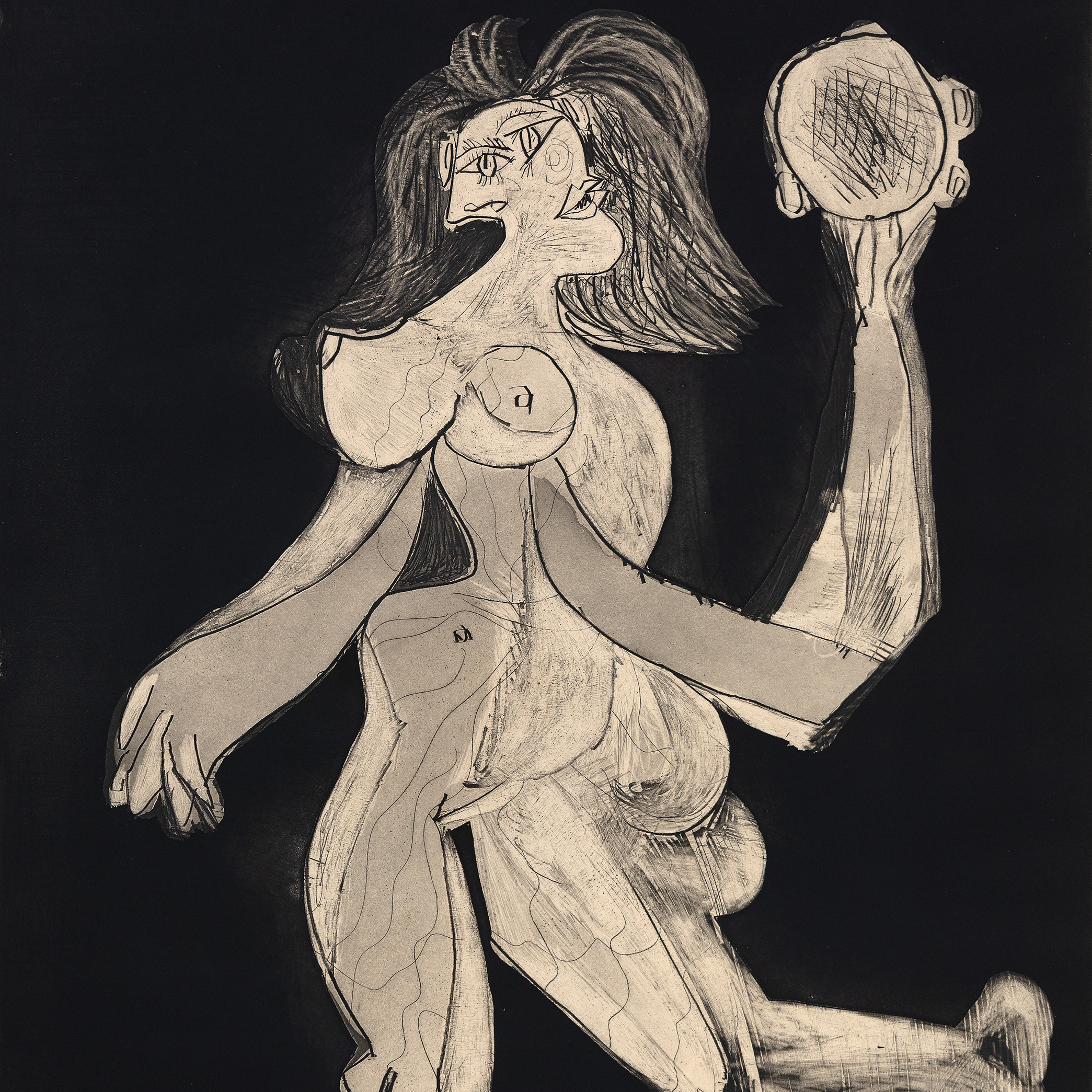
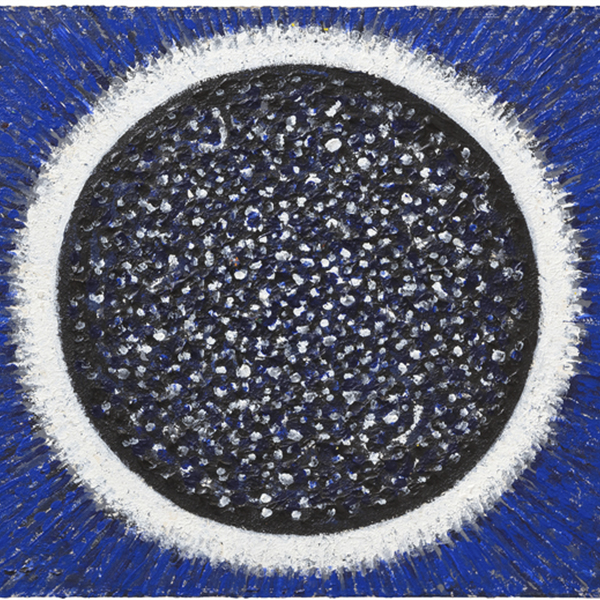

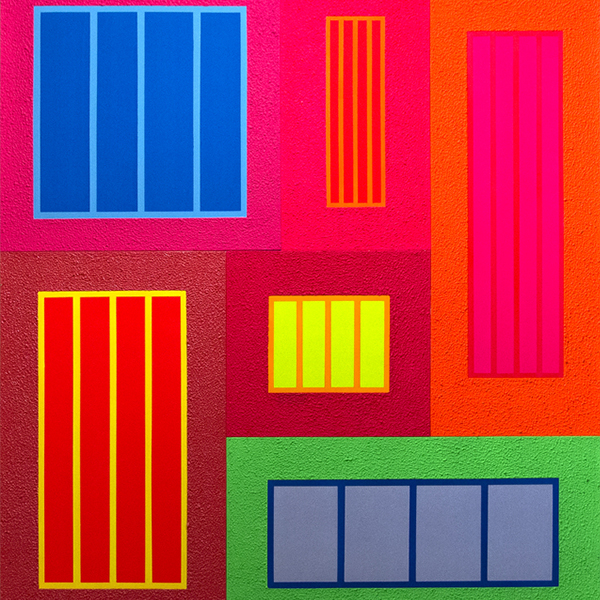


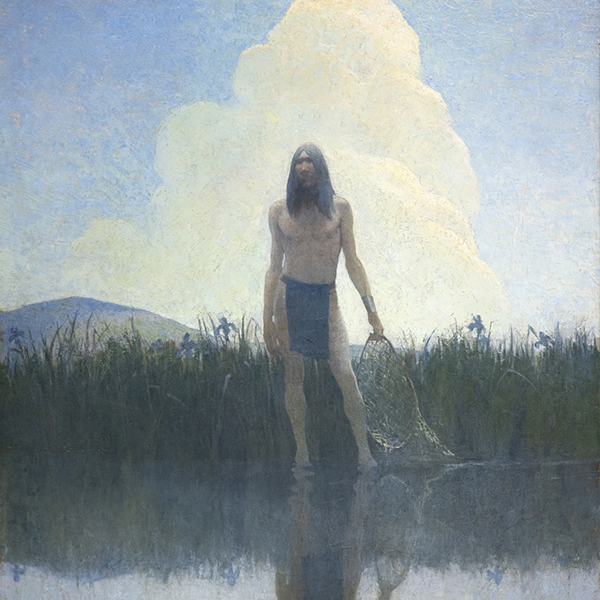



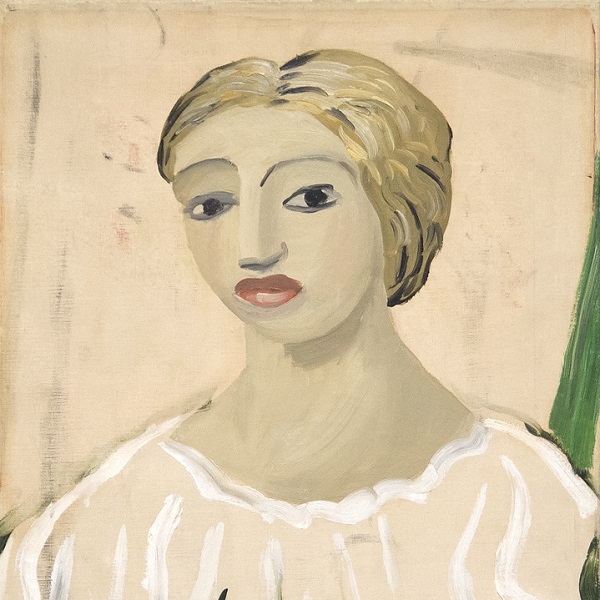

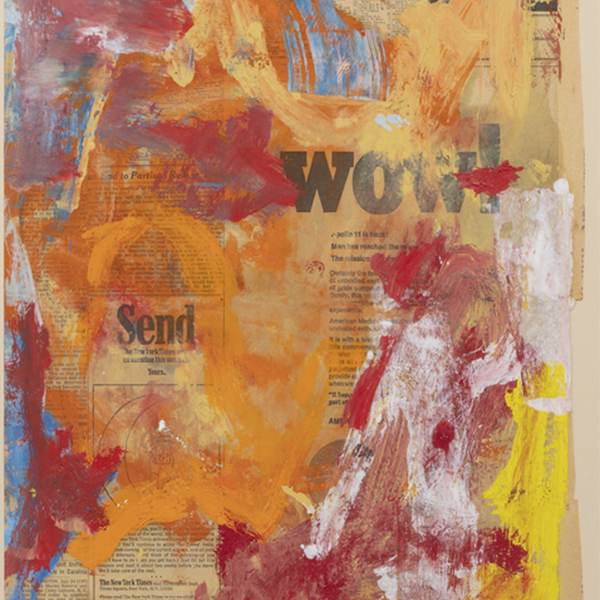
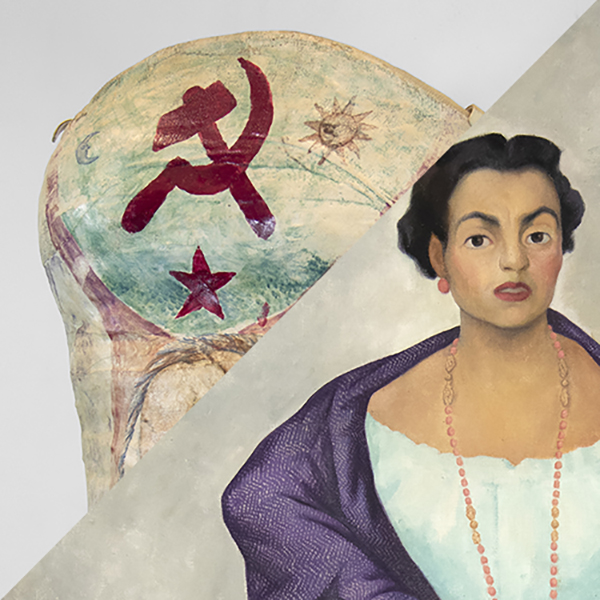
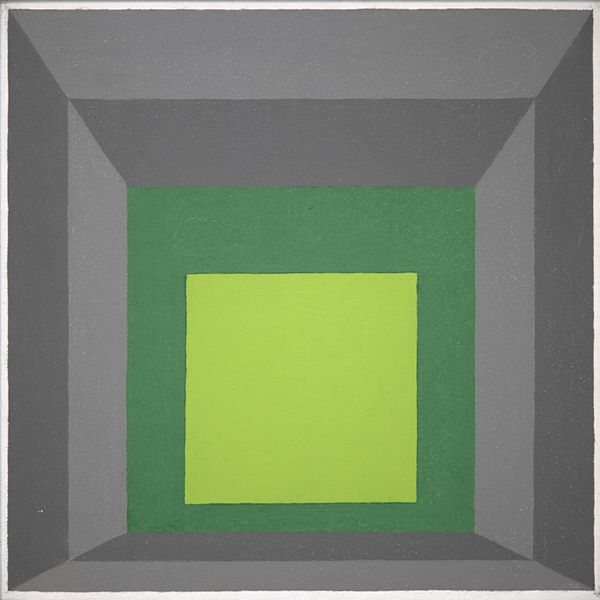
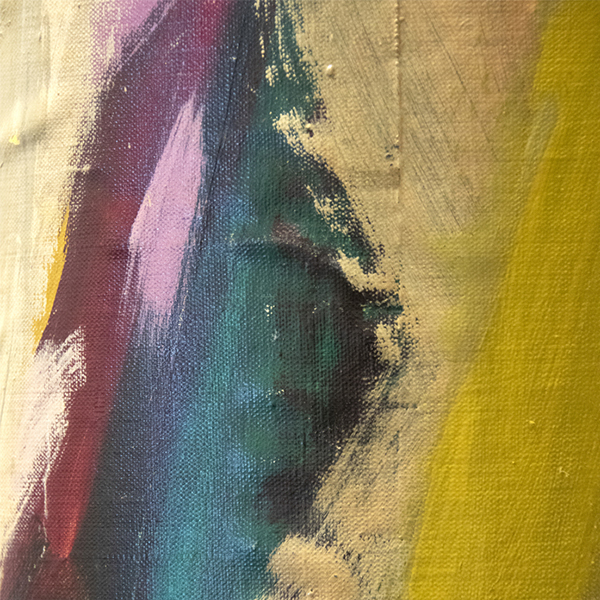
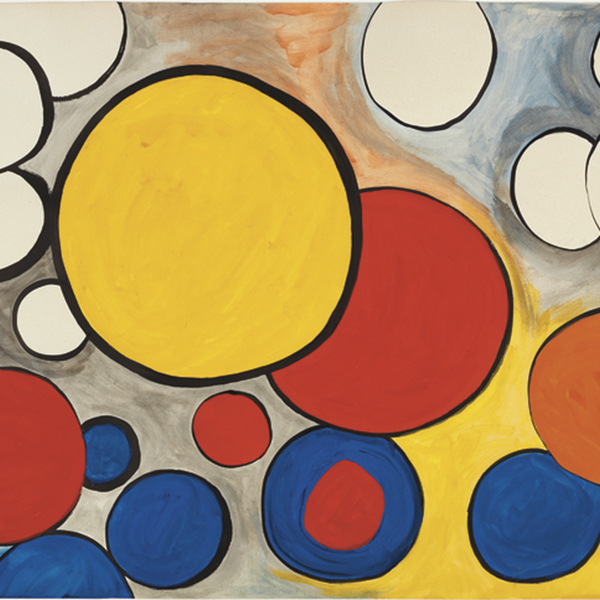
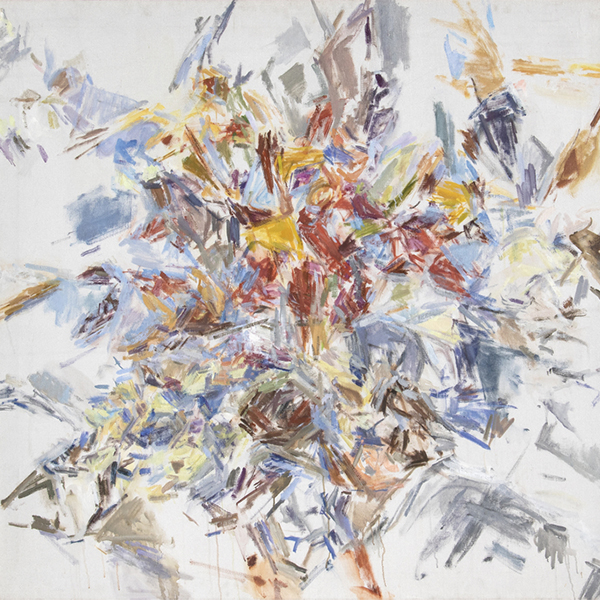
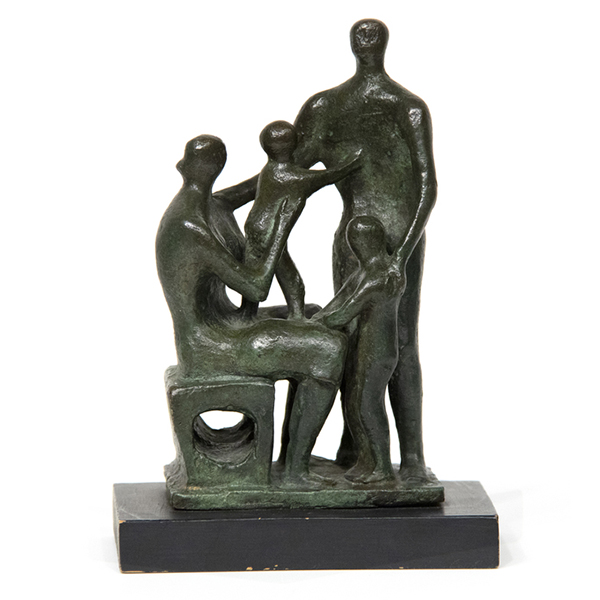
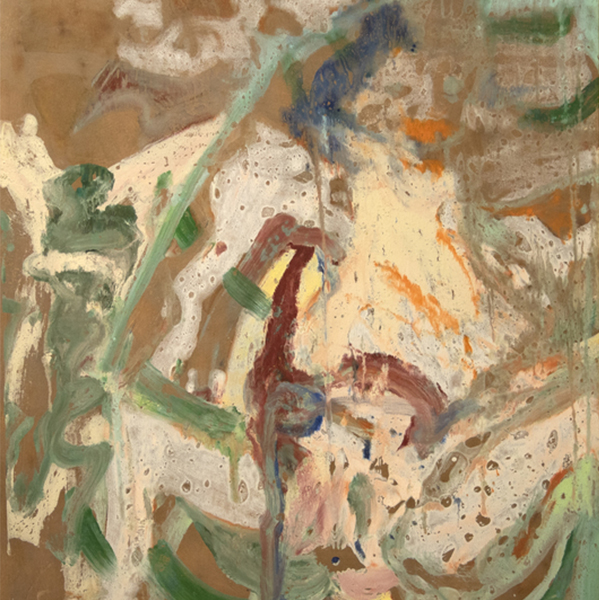


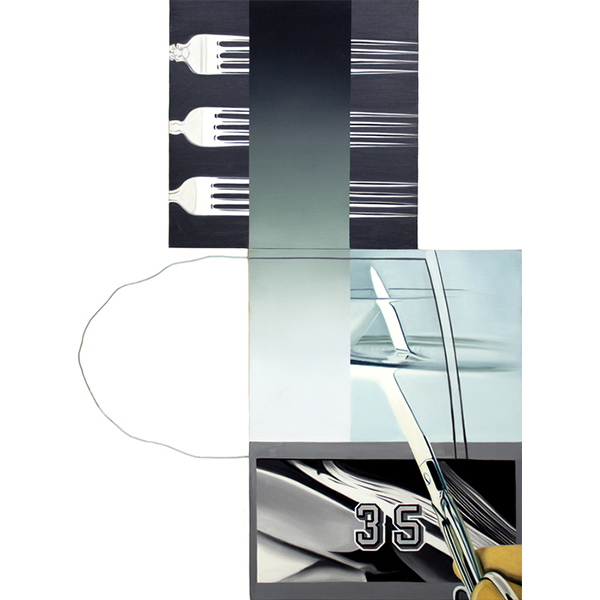


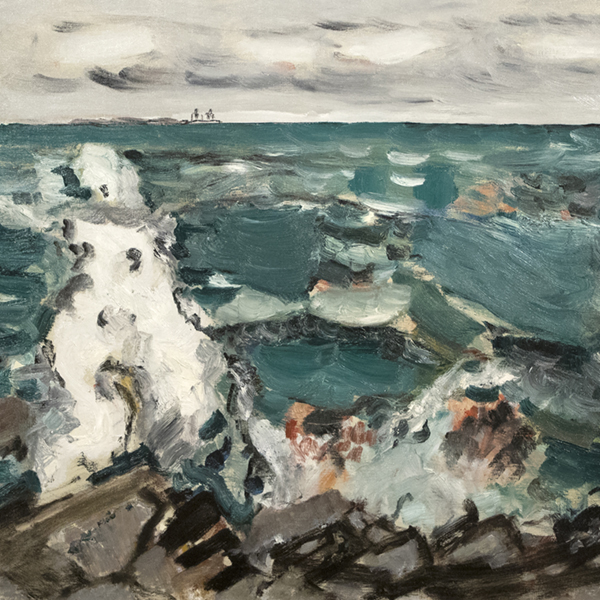
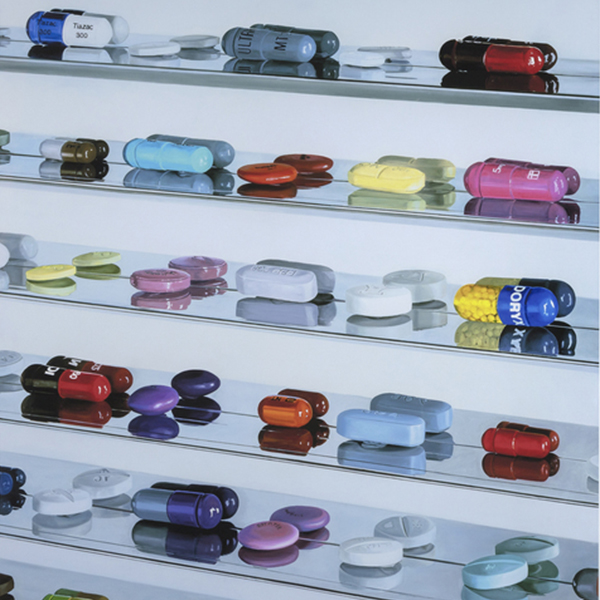
![[كاليكلينينس]](/Art_Images/Medium/Kleitsch 12477.jpg)




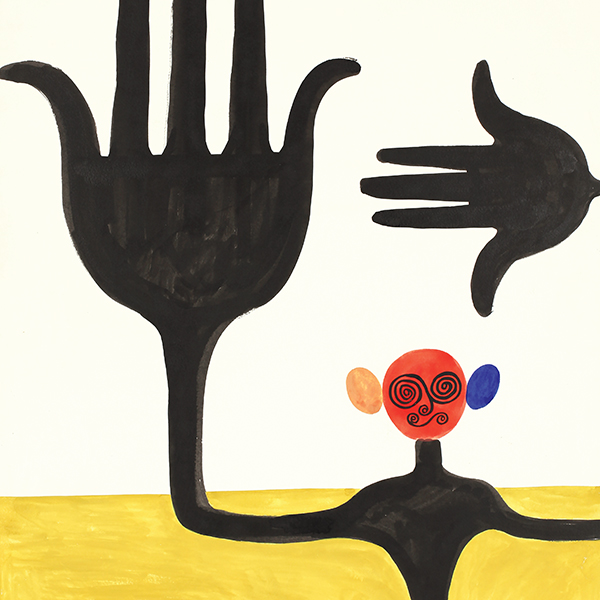
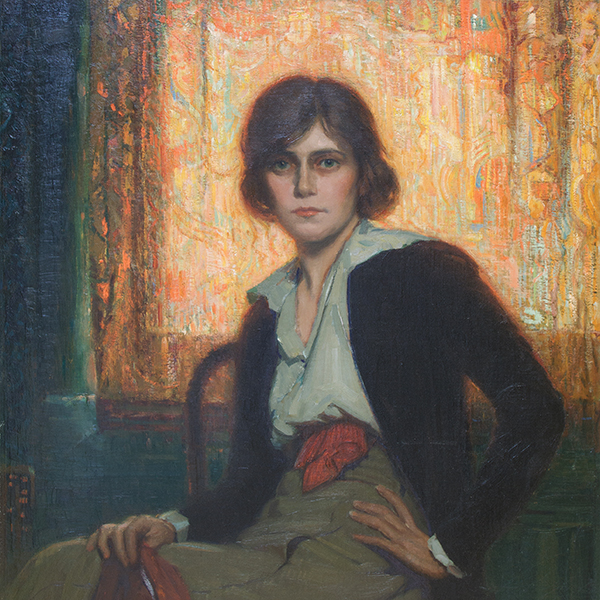
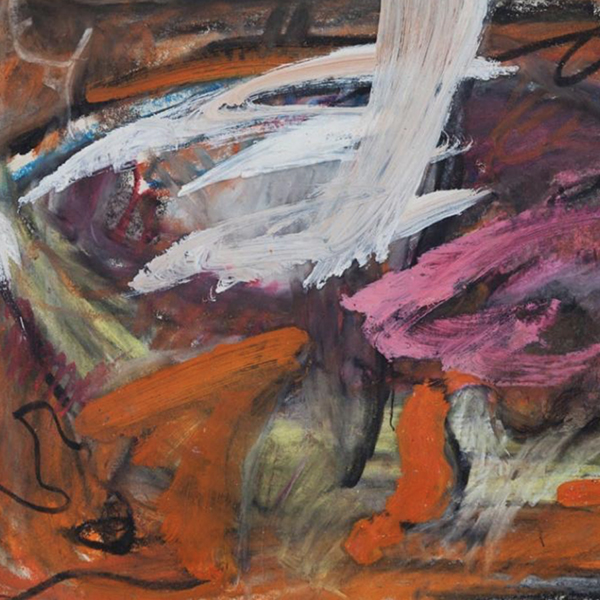
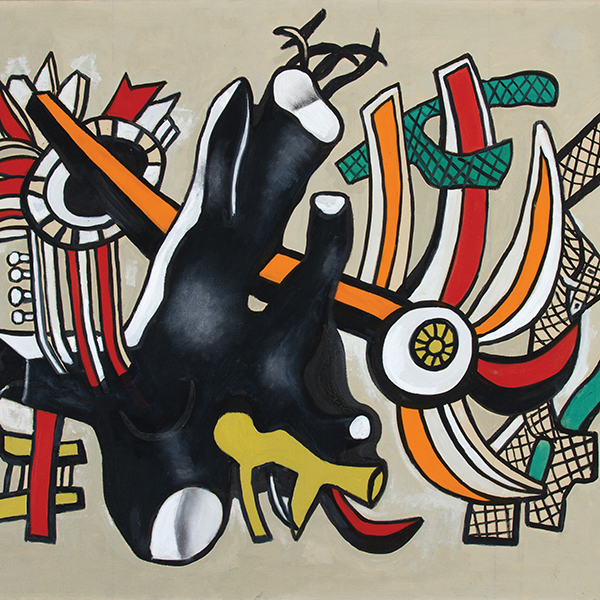


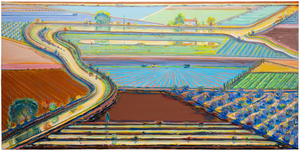
_tn43950.jpg )

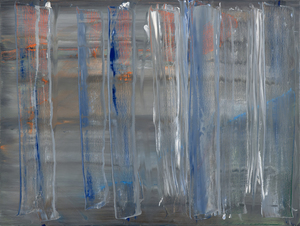

_tn31465.b.jpg )
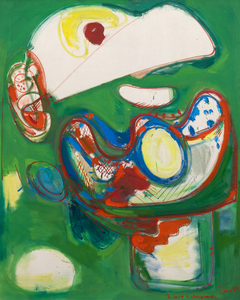


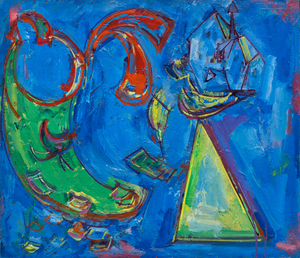
_tn45106.jpg )



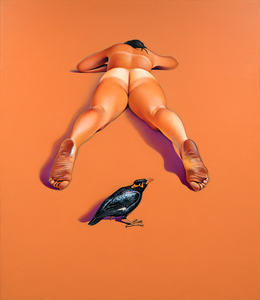
_tn46214.jpg )
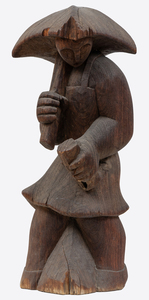

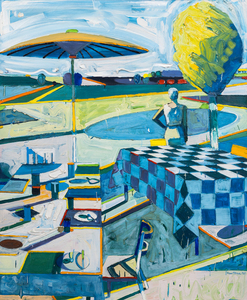

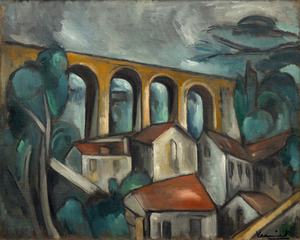



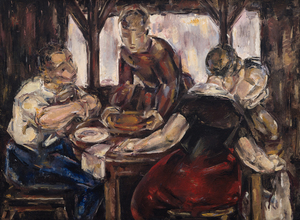





_tn22479.jpg )
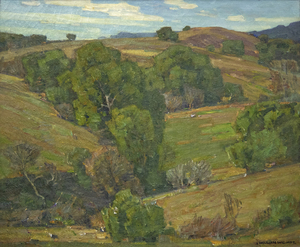
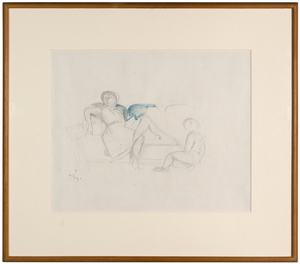



_tn40803.jpg )
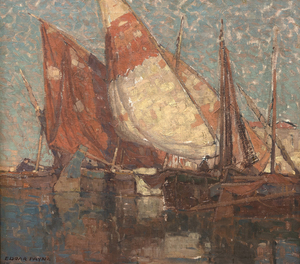
_tn16764.b.jpg )
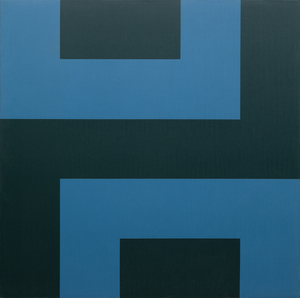
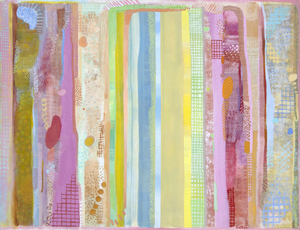



_tn45825.jpg )
_tn45824.jpg )













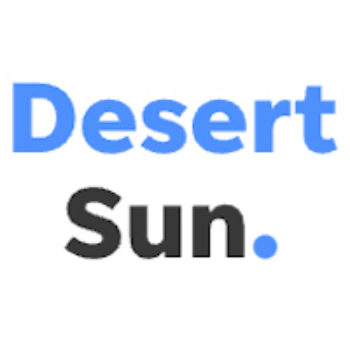












_tn47012.jpg )
,_new_mexico_tn40147.jpg )
